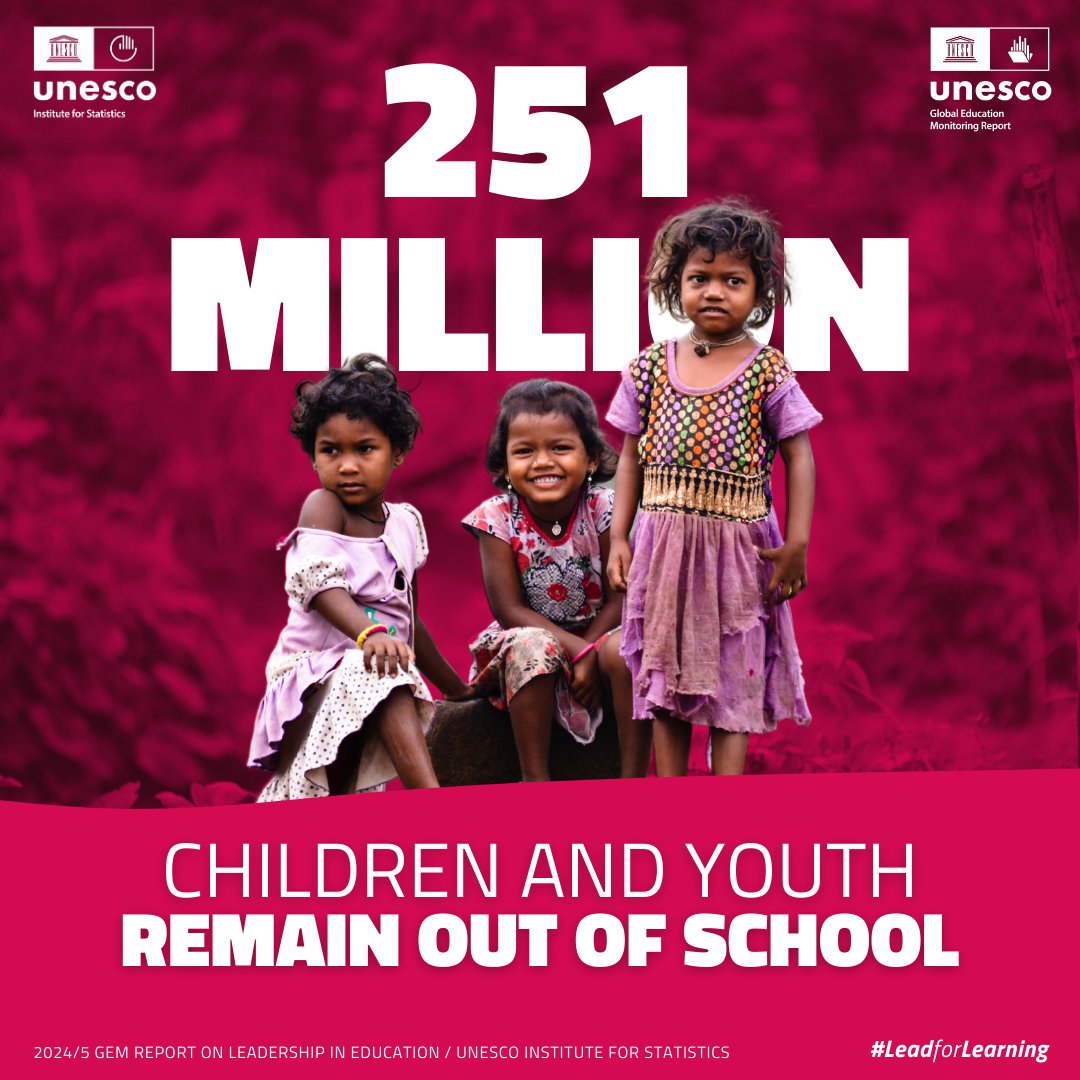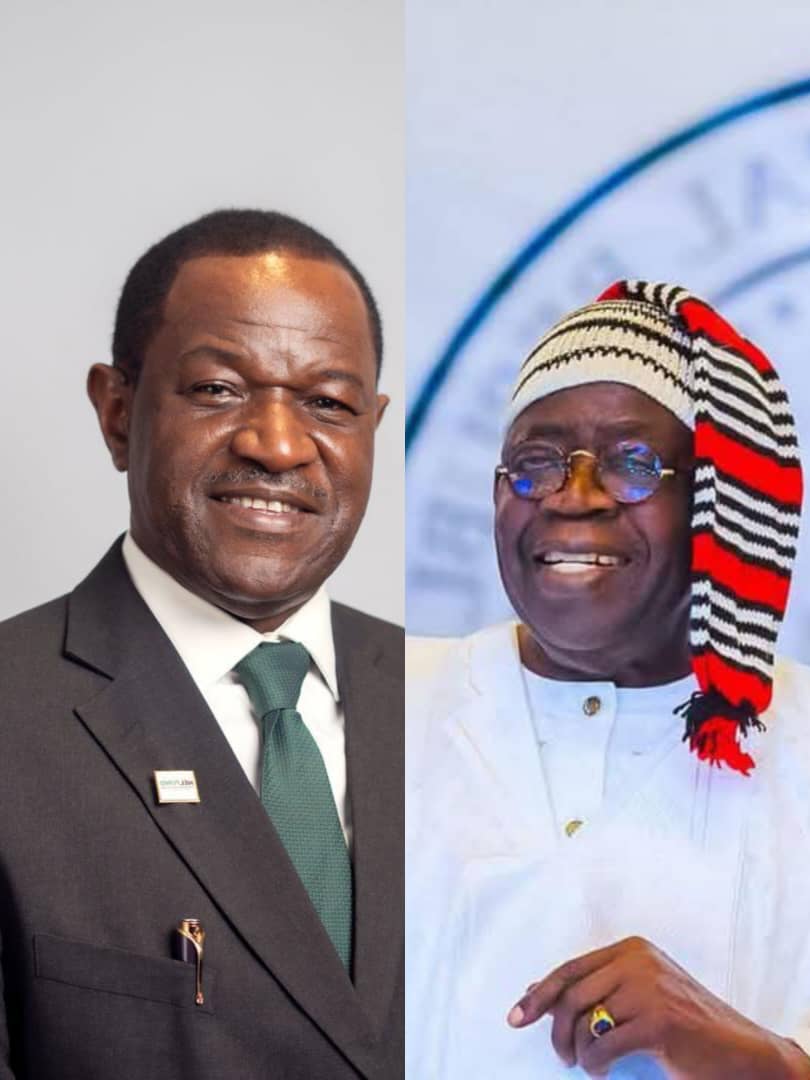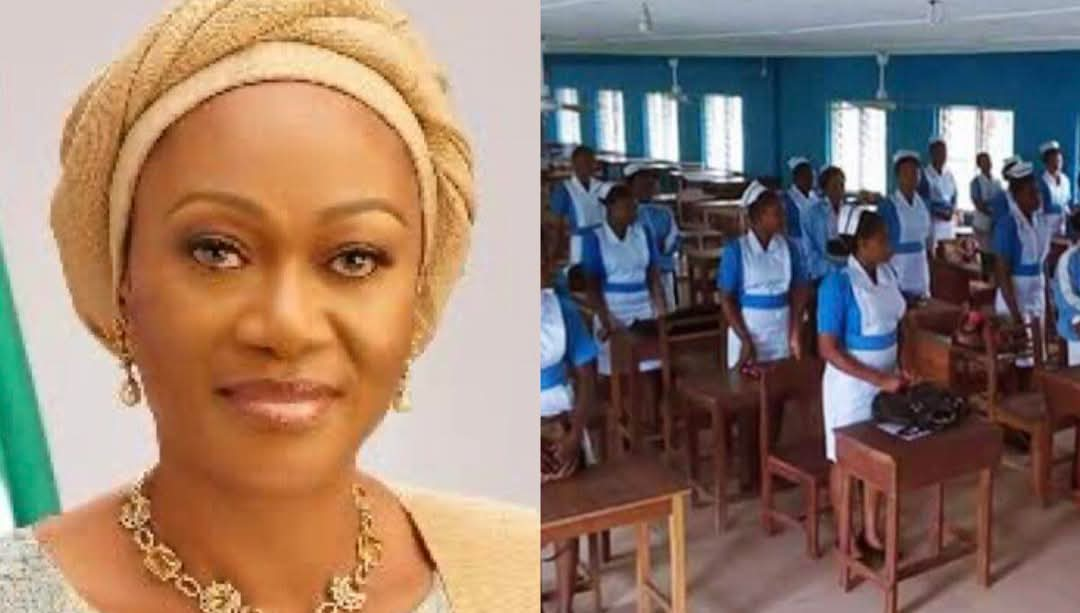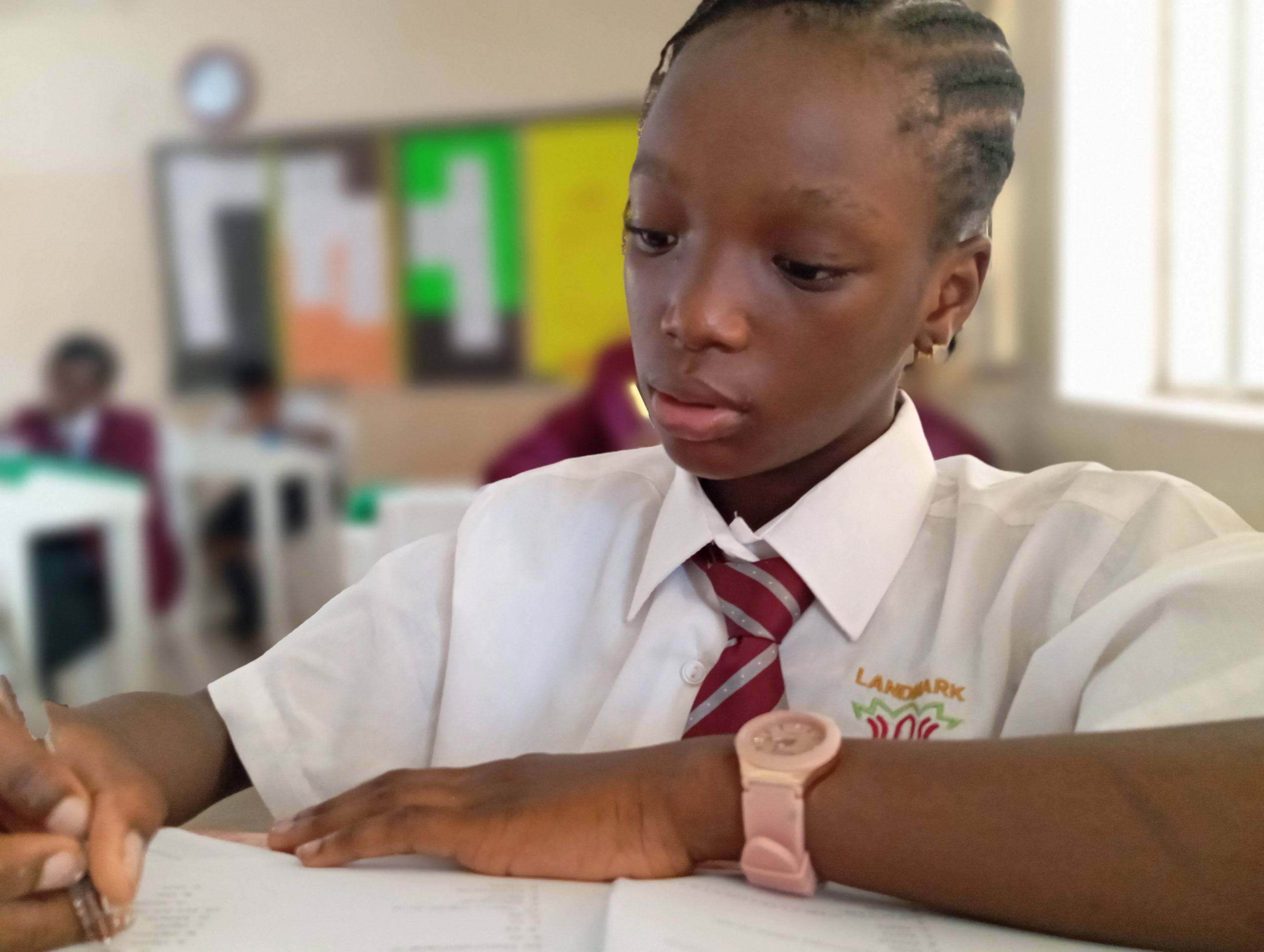Today 31 October, the 2024 UNESCO GEM Report, “Lead for Learning” has been unveiled at an event in Fortaleza, Brazil, attended by 40 education ministers from across the globe. The report explores the key role of leadership in driving educational change.
The launch coincides with the release of new out-of-school figures, revealing that global progress in reducing the number of out-of-school children has been just 1% since 2015.
251 Million Children Out of School
251 million children and youth are out of school worldwide, of which 71 million are not in primary school, 57 million in lower secondary, and 120 million in upper secondary education.
Of these, 122 million are girls and 129 million are boys, with the starkest inequalities evident in poorer countries. While only 3% of children in wealthier countries are out of school, that figure jumps to 33% in the poorest nations.
Over half of this out-of-school population is concentrated in sub-Saharan Africa.
Global progress rates in reducing out-of-school children fell to just 1% since the fourth Sustainable Development Goal on education was set in 2015. Although an additional 110 million children are enrolled in school, there has been just a 1% rate of improvement in out-of-school rates. If the same rate of progress had been maintained from 2010-2015 to today, there would be 27 million more children in school.
Education Finance Gaps Driving the Crisis
For every $100 spent per child in high-income countries, less than $1 reaches children in low-income countries, further exacerbating inequalities (EFW 2024)
Low-income countries face overwhelming debt pressures, with six out of ten nations at risk of debt distress. In Africa, countries spent almost as much on debt servicing in 2022 as they did on education.(EFW 2024)
The 2024 GEM Report stresses the pivotal role of leadership in addressing the education crisis. Strong, empowered leaders are essential to transforming education outcomes, yet only half of school principals globally receive training in core areas like teaching, collaboration, and personnel development. Leadership accounts for over a quarter of the variation in school performance, emphasizing the urgent need to invest in leaders at all levels, from ministries to schools.
Politics is sometimes standing in the way, with over half of minsters of education out of post within two years of being appointed, and 29% of countries still making teacher hiring and firing decisions based on political views, including Indonesia, Brazil, and Russia. Close political ties can be detrimental for education outcomes, with short-term considerations taking precedence over transformational goals in education.
Manos Antoninis, Director of the GEM Report, said: “Good schools require good school leaders who can inject new momentum into learning. These leaders, second only to teachers in influencing student outcomes, must be supported with training and resources. We’re not empowering our leaders to help take education where it needs to be. Four in ten countries do not even give university leaders the ability to take academic and organisational decisions by law”.
The new annual global education monitoring report at UNESCO shows that:
-
- 251 million are out of school, a mere reduction of 1% since 2015. Worse still, numbers out of school children in Africa have increased by 12 million.
- 650 million leave school without a secondary school certificate.
- The gap between the poorest and richest students’ education completion rates has widened, significantly affecting the most disadvantaged.
- Falling Aid: The share of official development assistance to education dropped from 9.3% to 7.6% in 2019-2022.
- Massive Funding Gap: UNESCO estimates a nearly $100 billion annual investment gap in developing countries (Source: GEM Report).
- Children are less likely to be able to read with understanding today than a decade ago, a step back in progress.
- The quality standards for teachers are dropping in both sub-Saharan Africa, but also in Europe and North America.
Finance is insufficient to help speed up progress, and the cost of debt servicing is adding pressure.
-
- Education spending per child has remained flat since 2010, signaling a lack of investment.
- In Africa, nearly as much is spent on debt servicing as on education, which limits the ability to improve education outcomes.
We call for investing in strong leaders within the education system to find a way out of this crisis.
-
- Crucial Role of Leaders: Leadership accounts for up to 27% of the variance in student outcomes
- Inefficient Recruitment: Under two-thirds of countries have competitive recruitment for principals. Gaps in management and diversity also persist.
- Training Deficits: Barely half of principal training programs focus on key leadership dimensions. Half of principals in high income countries have no preparation training before taking post.
- Limited Autonomy: Autonomy positively correlates with better student outcomes. Currently, 37% of principals have control over school content, and 28% have input on teacher salaries. Almost 40% of all countries do not recognize higher education institutions’ autonomy by law.
- Overburdened Principals: Principals in low- and middle-income countries spend 68% of their time on administrative tasks. 1/3 one third of public school principals in the richest countries report lacking sufficient time to focus on teaching and learning.





 elvis@edugist.org,
elvis@edugist.org, 
 +234 818 578 7349
+234 818 578 7349 







